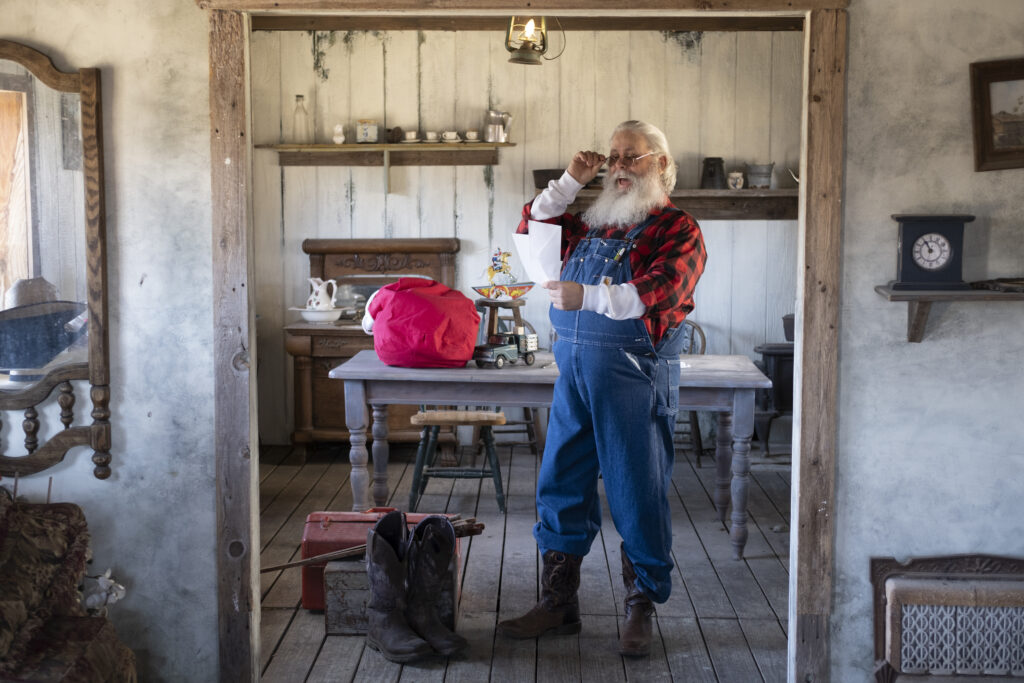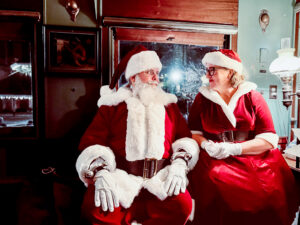Why they aren’t the same — and why lived experience matters for Deaf children.
The terms “Deaf Santa Claus” and “Signing Santa Claus” often get used as if they mean the same thing. They don’t. Both bring joy. Both open doors. But for a child, the experience is very different.
Here’s the simple breakdown:
- Signing Santa Claus is a hearing Santa who knows American Sign Language (ASL).
- Deaf Santa Claus is a Santa who is Deaf.
A Signing Santa Claus can be wonderful. Deaf children get to sign their wish list, share a laugh, and families enjoy a moment of real access. Many organizers have done meaningful work by hosting Signing Santa Claus events, and some even go further by hiring a Deaf Santa Claus for those appearances. That’s an important step forward. But let’s be clear: when a Deaf Santa Claus is in the chair, it’s not just about having “a Santa who signs.” It’s about celebrating Deafness — identity, culture, and lived experience — not just language.
Deaf Santa Claus brings more than fluency in ASL. He brings the full lived experience of being Deaf: navigating a hearing world, understanding the nuances of Deaf culture, and carrying the same perspectives as the children who sit on his lap. That shared identity is what creates a deeper connection.
When a Deaf child meets a Deaf Santa Claus, they don’t just see someone who can communicate. They see Santa Claus as them. That moment carries pride, recognition, and validation — things that language access alone can’t provide.
This isn’t about choosing one over the other. We need both Signing Santas and Deaf Santa Clauses. But we also need to name the difference. Signing Santas provide access. Deaf Santa Claus provides representation. Both matter. One is irreplaceable.
That’s why the Deaf Santa Claus Foundation exists: to bring more Deaf Santa Clauses into communities across the country, so more children can experience that magic of identity and connection. With your support, Deaf Santa Claus can be a tradition everywhere.




